BAE Systems has secured a $440 million contract from the U.S. Army to produce 220 additional Bradley Fighting Vehicles, partly replacing Bradley vehicles delivered to Ukraine. The contract will support the production of a new batch of M2A4, ensuring that the U.S. Army’s Armored Brigade Combat Team (ABCT) formations maintain and improve their operational capabilities.
The Bradley Fighting Vehicle, first introduced in the 1980s, is designed for troop transport and reconnaissance missions and provides significant firepower and protection. This new contract will produce the latest serially produced variants with enhanced armor protection, advanced targeting systems, vehicle electronics, and communication systems. The Army and BAE Systems have already introduced a more advanced Bradley, designated M2A4E1, equipped with the Iron Fist Active Protection System (APS) and a more robust electrical system feeding that APS.
The U.S. Army plans to keep the Bradley platform operational until the XM30, its future replacement vehicle, is developed, slated for the 2030s.
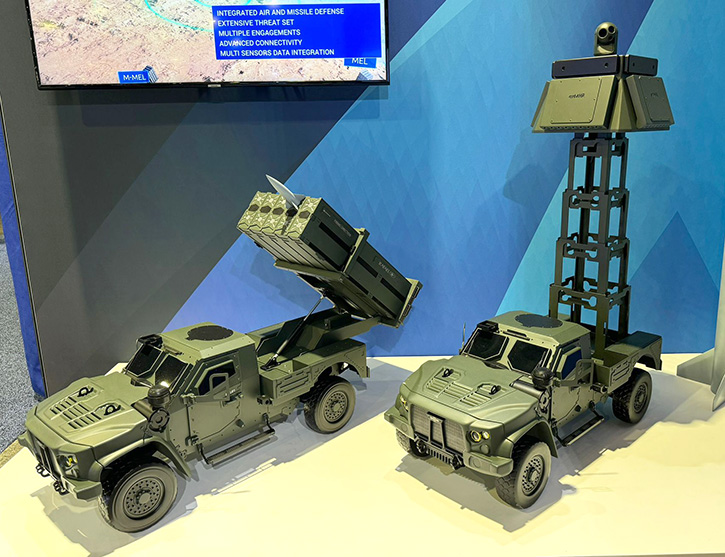
Rafael Breaks Cover of Iron Dome Mission Modules
Rafael Advanced Defense Systems showcased its new Iron Dome Mission Module at last week’s Land Forces 2024 exhibition in Australia and the Air Force Association Air, Space, and Cyber (ASC) event in Washington, D.C., this week. Utilizing a mobile radar sensor and a 10-canister launcher mounted on light tactical vehicles such as the JLTV, The Iron Dome’s mission module is a compact, flexible solution that can be integrated into various defense platforms, providing rapid response to aerial threats, including rockets, missiles, and unmanned aerial vehicles (UAVs). The module can be deployed in static and mobile configurations, making it versatile for different operational needs. (Read more)

India’s Light Tank Zorawar Completes Trial by Fire
India’s new light tank has completed its first live-fire trials and is expected to undergo limited user testing in the coming months. The Zorawar light tank has completed its first live-fire trials, marking a significant milestone in developing the nation’s Indigenous light tank program. The trials, held in desert conditions, demonstrated the tank’s firepower and agility. The Zorawar is designed to address the needs of India’s army in mountainous and high-altitude borders like Ladakh and the north-east, where traditional heavy tanks struggle to perform. The Chinese already have the T-15 light tank deployed along their southern border with India. (Read more)
 Hanwha’s Redback Infantry Fighting Vehicle Gets Safran PASEO Joint Fires
Hanwha’s Redback Infantry Fighting Vehicle Gets Safran PASEO Joint Fires
Safran is integrating the PASEO Joint Fires advanced day and night panoramic sight system onto Hanwha’s Redback Infantry Fighting Vehicle (IFV). The company announced this development at Australia’s recent Land Forces 2024 event. The PASEO system is designed to provide superior targeting, surveillance, and fire control, enabling the Redback to operate in various combat environments. (Read more)
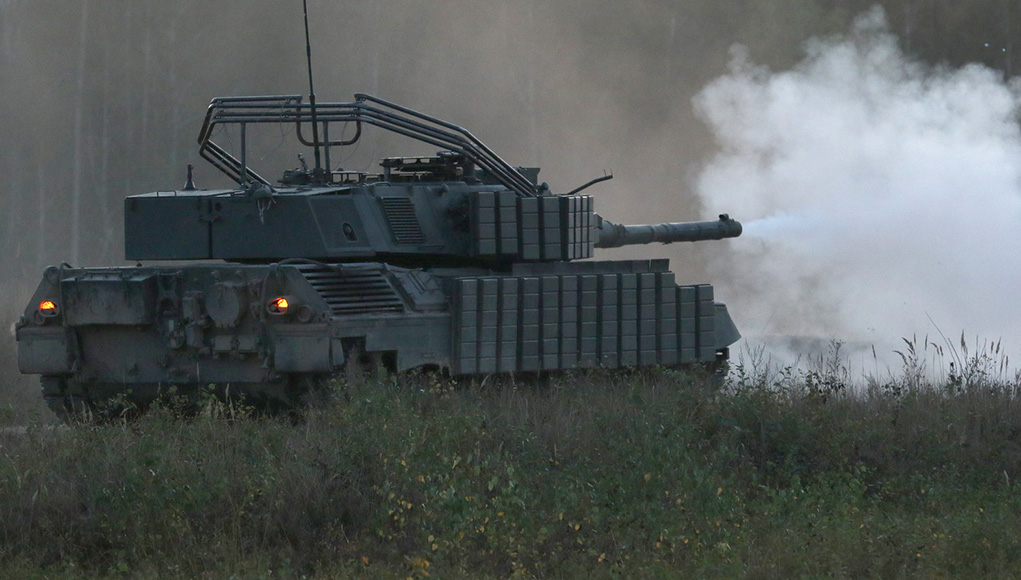
Leopard 1 Tanks for Ukraine: Upgraded and Ready for Action
The Ukrainian Armed Forces have showcased newly upgraded Leopard 1 tanks, which are being prepared for deployment in their ongoing defense against Russian aggression. Originally designed in the 1950s, these tanks have undergone significant modernization to enhance their armor, mobility, and firepower.
Upgrades include reinforced passive and reactive armor, advanced targeting systems, and improved communication systems, allowing these tanks to perform in modern combined arms combat scenarios.
Most notable is the application of reactive protection tiles, covering the frontal areas of the turret and hull and overlapping the hull-turret junction areas, which are considered among the most vulnerable for these tanks. A collapsible frame can be erected over the turret, replacing the fixed “cop cages” previously used on armored vehicles. These assemblies are used as anti-drone structures.
The delivery of these tanks, part of ongoing Western military aid to Ukraine, demonstrates continued international support.
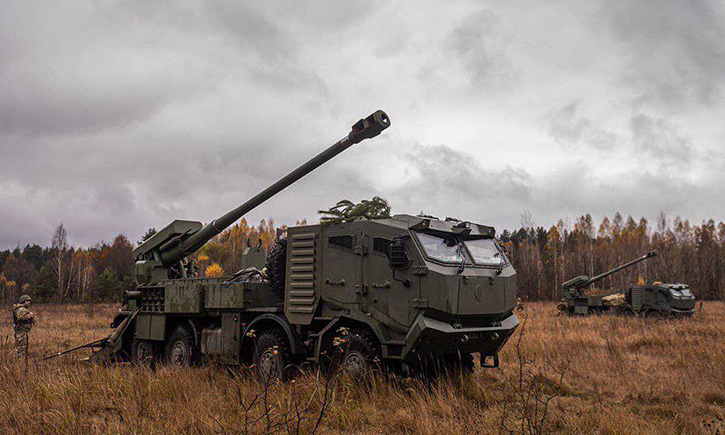
Ukraine Acquires More Bohdana Self-Propelled Guns
Ukraine has acquired 18 new locally produced Bohdana self-propelled guns (SPGs) to enhance its artillery capabilities in its ongoing conflict with Russia. The newly obtained systems are designed similarly to the French CEASAR truck-mounted howitzer.
The Bohdana has a 155mm that meets NATO standards, enabling the Ukrainian Army to leverage ammunition delivered by neighboring countries. Denmark has financed the acquisition of these units.
This acquisition is part of Ukraine’s broader efforts to modernize its military capabilities with support from Western nations. As the conflict continues, such advancements in artillery are expected to play a critical role in Ukraine’s ability to defend its territory and conduct offensive operations.
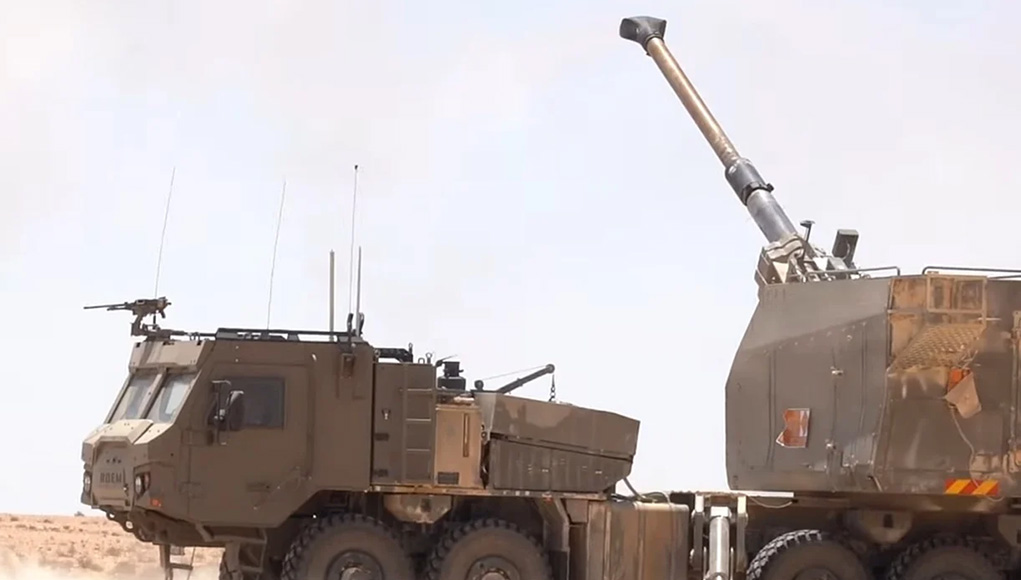
Israel’s Defense Force to Induct Elbit Systems’ Ro’em (SIGMA) Wheeled Howitzer
The Israel Defense Force artillery corps will soon receive the first Roem wheeled howitzer to replace the obsolete M-109s that entered operations in the 1970s. The new canon developed by Elbit Systems uses a 10×10 wheeled chassis, mounting a gun module equipped with a 155/52 mm gun capable of firing standard artillery projectiles at a range of 40 km, at a rate of eight rounds per minute. The weapon is operated by a crew of three, compared to five operating the M-109s.
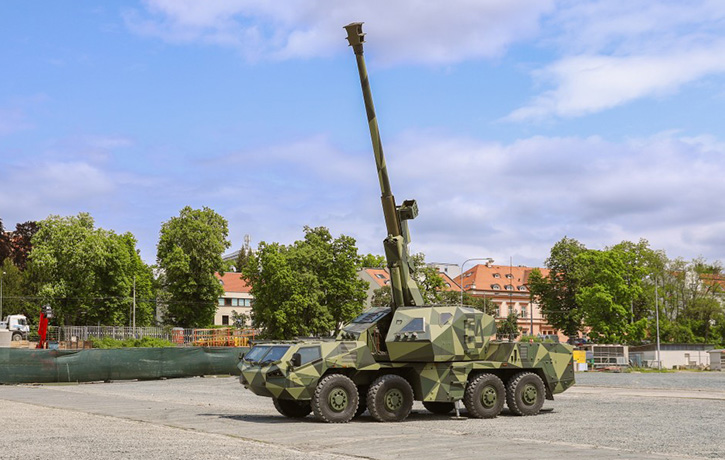
Azerbaijan Receives First Batch of Slovak DITA-L Wheeled Howitzers
Azerbaijan recently received the first batch of Slovak DITA-L wheeled artillery units produced by CSG Defence. The new DITA mounts a 155/45 mm gun module with an automatic loading system capable of firing five rounds per minute. Under the agreement with Czech defense company Excalibur Army, Azerbaijan will receive over 70 units of the 155 mm/L45 Dita howitzer. Two crew members operate the gun. This is the most significant order for Czech or Slovak artillery systems since 1989. In addition, Azerbaijan has recently announced plans to acquire 48 units of the 155 mm Nora howitzer from Slovakia. The new guns will complement Azerbaijan’s existing Russian-origin artillery inventory, which includes the 122 mm 2S1 Gvozdika, 152 mm 2S3 Akatsiya, 152 mm 2S19 Msta-S, and 152 mm Dana-M1M self-propelled howitzers.
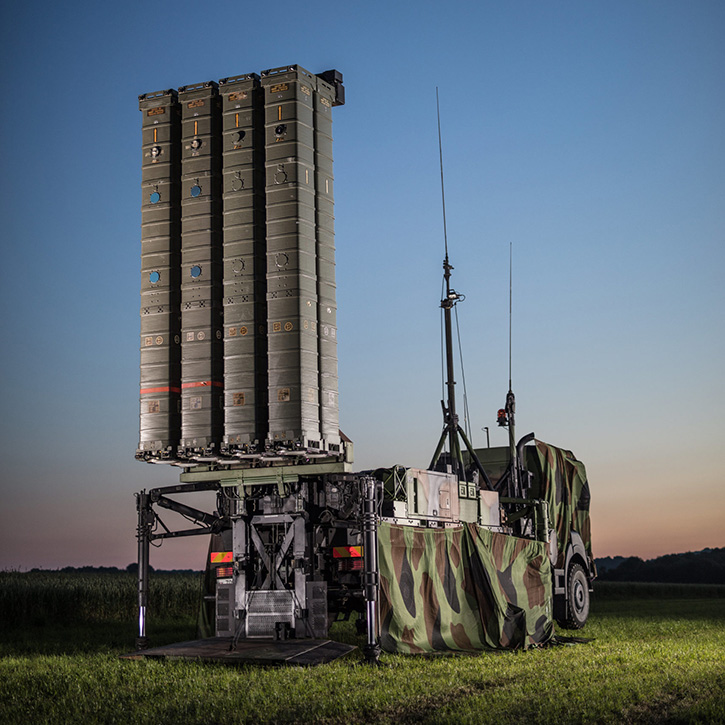
French Air Force to Deploy New SAMP/T NG Air Defense System by 2026
The French Air and Space Force has announced plans to deploy eight SAMP/T NG (New Generation) air defense systems by 2030. The first will be delivered in 2026, and four additional units will be delivered by 2035, for 12 units. Earlier this year, Italy signed a contract with Europe’s Organisation for Joint Armament Co-operation (OCCAR) for the first four systems, the first of which will be delivered next year. The SAMP/T NG is an advanced variant of the existing SAMP/T system. The system sensors cover a range of 350 km; it is designed to provide enhanced protection against a wide range of aerial threats, including hypersonic and ballistic missiles, aircraft, and drones.
The SAMP/T NG system integrates new radars and missiles, significantly improving its detection, tracking, and interception capabilities. One of the key upgrades is the Aster 30 Block 1 NT missile, which enhances the system’s ability to intercept ballistic missiles at longer ranges and higher altitudes. The system will also feature Thales’ Ground Fire 300 radar, a new generation of radars that will improve target detection and engagement accuracy.
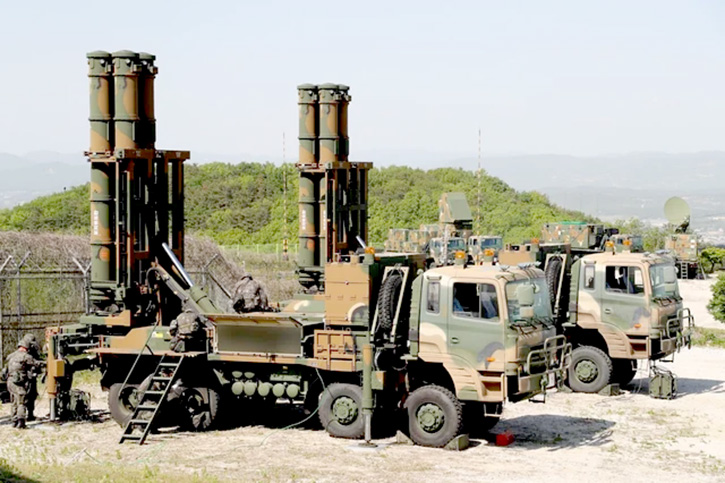
Iraq to Purchase South Korean KM-SAM Air Defense Systems
Iraq is set to enhance its air defense capabilities by acquiring eight South Korean KM-SAM air defense systems. The deal, valued at $2.63 billion, will be finalized next week, marking a significant step in Iraq’s efforts to modernize its military infrastructure. This marks another step in expanding South Korea’s defense exports in the Middle East, following previous deals with the United Arab Emirates (UAE) and Saudi Arabia.
The KM-SAM, also known as Cheongung-II, is a medium-range surface-to-air missile system developed by South Korea. The Block II version systems currently in production are designed to intercept aircraft and missiles at up to 20 km and range up to 50 kilometers, providing a robust defense against aerial threats. Iraq’s request to expedite the procurement of 2-3 batteries for these systems highlights its focus on strengthening its defensive posture amid regional security challenges.




















